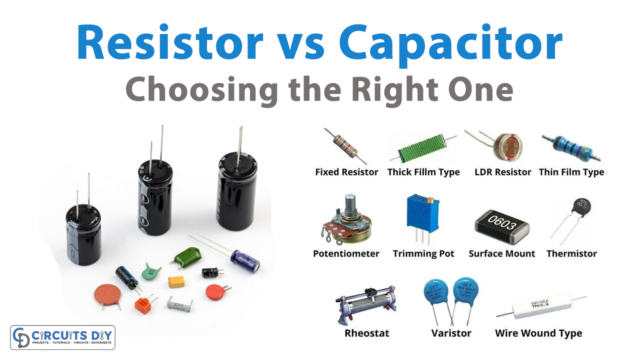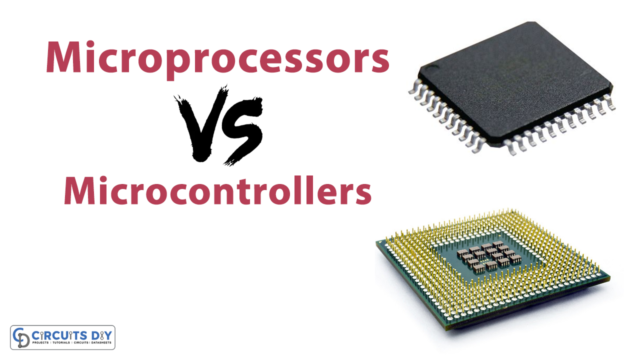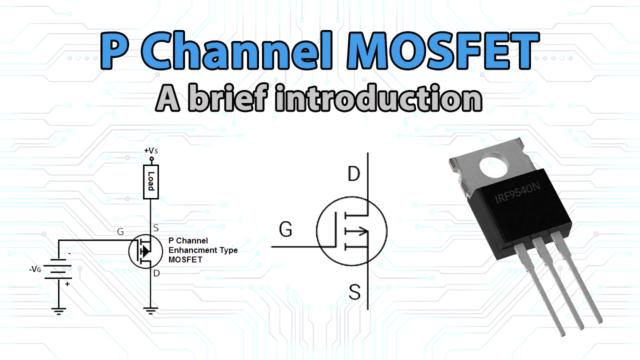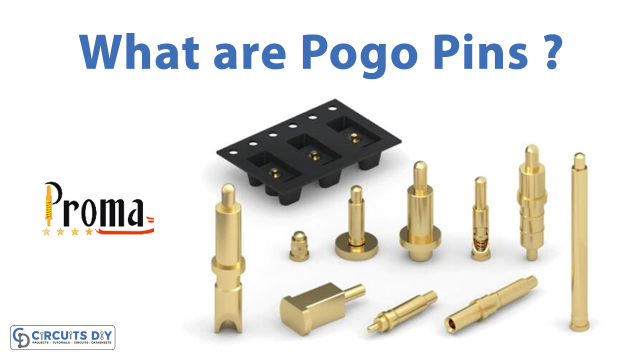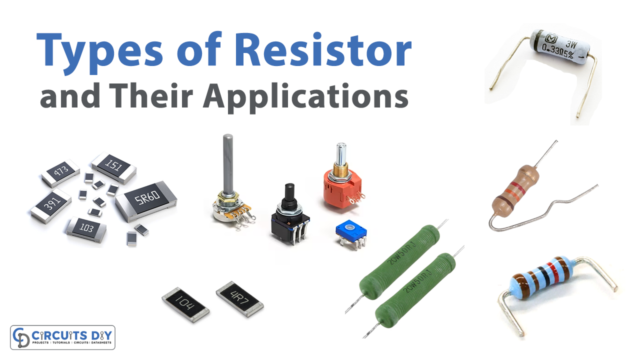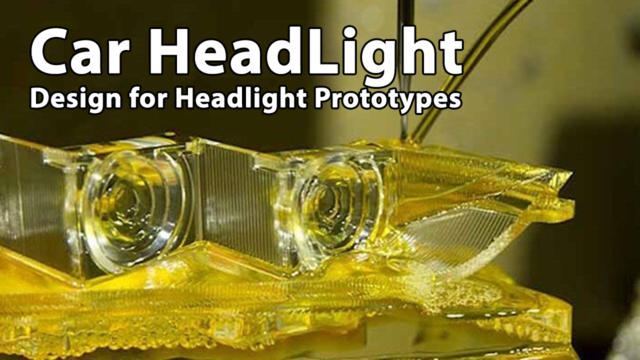Inverters for photovoltaic and solar systems
You use an inverter to convert the direct current from the photovoltaic system and supply the battery into a standard household alternating current. Alternating current powers electrical devices such as laptops, televisions, and coffee machines.
In order to be able to use the electricity generated by the system, PV inverters are required in every photovoltaic system. Find out more about the function and selection criteria of the solar inverters and find out whether you need a device with a pure or a modified sine wave!

What do I need an inverter for?
An inverter is always used when a power source (battery or PV system) supplies direct current, but the electrical devices used require alternating current for operation. Since most electrical household appliances are designed for alternating current from the 230 V socket, you need an inverter to operate them with a solar system. The PV inverters convert the system’s direct current into alternating current at 230 V.
Where can I use an inverter?
You need an inverter, also known as an inverter if there is no socket available for the electrical devices. Modern inverters are used here, among other things:
- in cars
- in mobile homes
- on boats
- in photovoltaic systems
- in garden houses
For photovoltaics (PV) you always need an inverter: The solar modules of the PV system generate direct current and charge the solar panel battery, which in turn is connected to the inverter and enables the operation of the 230-volt devices. You can connect a wide variety of devices to the system, whereby the required power must be taken into account.
What is a motorhome inverter?
In the mobile home, the solar inverter (12v inverter or 24v inverter) enables the operation of televisions, laptops, coffee machines, and other 230V household appliances. To do this, it is connected to the supply battery for mobile homes and has an integrated mains plug. Some also have a USB port for easy charging of smartphones and other devices.
Where do I mount the PV inverter?
For best performance, you should mount the inverter in a cool place. The device is usually installed near the floor, so there are wired remote controls for convenient operation.
What is the difference between direct current and alternating current?
With a direct current, the direction and strength of the current are always the same. With alternating current, the direction of the current and the amount of charge being moved are constantly changing. At an alternating current frequency of 50 Hertz, the current changes its polarity 50 times per second, while the polarity of the direct current remains constant over time.
While direct current can only be transported sensibly over short distances without high energy losses, alternating current can be transported over hundreds of kilometers with almost no losses.
How do inverters work?
The main task of the inverter is to convert the battery direct current into a 230V alternating current. Brand manufacturers such as RENOGY, DOMETIC, and Victron Energy offer PV inverters with a pure or modified sine wave that impress with their high level of efficiency. The purchase decision depends on the requirements of the connected consumers. Sensitive consumers only work with pure sine wave alternating current.
Modified sine wave inverter
Modified sine wave inverters mimic classic household electricity, the sine wave is also known as trapezoidal or staircase. The simple battery inverters (12-volt deep cycle battery or 24v) are cheaper in price because no complex smoothing technology is used. The devices are the right choice for simple consumers such as coffee machines, but they are not suitable for operating LEDs and energy-saving lamps. You can use these inverters in combination with a PV system as an inexpensive photovoltaic inverter.
Pure sine wave inverter
Pure sine wave inverters are equivalent to household electricity. Many modern electrical devices require this pure sine wave voltage for proper operation. This includes, among other things, modern entertainment electronics.

Whether an electrical device has to be operated with a pure sine wave is usually not apparent from the outside. To be on the safe side, we recommend purchasing a higher quality sine wave inverter. This means that all electrical devices work without restrictions.
Compared to the cheap inverters with a modified sine wave, the devices with a pure sine wave are heavier and more expensive to buy. They work excellently with a solar system and, depending on the model, have practical additional functions.
Buying guide: inverters for off-grid solar systems
When you buy solar inverters, the offer ranges from inexpensive inverters with a modified sine wave to top models with a pure sine wave and numerous additional functions.
While some electronics will work with the modified sine wave, you can be safe by purchasing a pure sine wave model. This means that any connected 230V device can be operated in any case.
Another important criterion when purchasing is the output power provided. How much power an electrical device requires is usually printed on the device and given in watts. If you want to run several devices at the same time, you have to add up the power values. The possible continuous output of the solar inverters offered is between a meager 150 watts and up to 3,000 watts.
Important: When switching on most electrical devices, significantly higher currents occur for a short time, which can be 5 to 10 times higher than the continuous output. Drills and electric saws, for example, have very high starting currents. Therefore, plan for power reserves.
Rule of thumb for calculating the required power
To ensure that the inverter also absorbs the current peaks and that sufficient power is available at all times, simply use the following rules of thumb:
Calculate a reserve of 3 to 4 times the continuous power for devices with an electric motor.
For all other consumers, a power reserve of 1.5 times the continuous power requirement is sufficient. Tip: Switch on the loads one after the other and always switch on the most power-hungry load first. Do not switch on all devices at the same time via multiple sockets.
Further selection criteria and equipment of the inverters
Many modern inverters integrate practical additional functions that improve and simplify the operation of off-grid solar systems.
With MPPT solar charge controller for off-grid systems:
In connection with photovoltaics and a stand-alone system, it is worth buying a PV inverter with a built-in MPPT solar charge controller. With such a device, you save yourself the investment in a separate solar charge controller. Also, pay attention to the PV power of the PV modules.
With NVS and UPS function:
In addition, an NVS and UPS function can increase the area of application. When operating as an uninterruptible power supply (UPS), the available mains power is given priority and, if it fails, it automatically switches to battery operation.
Available for different output voltages:
Most models have an output voltage of 12 V to 230 V, and the charging voltage is 10.5 to 14.4 V. Alternatively, there are devices with a voltage of 24 V to 230 V, with these the charging voltage is between 21 and 28, 8 V. Also make sure that the efficiency is as high as possible.
How long do PV inverters last?
These integrate numerous safety functions to protect the connected consumers and the inverter. This includes features such as:
- Overload protection with automatic shutdown
- Overheat protection
- Overvoltage protection
- Undervoltage protection
- Reverse polarity protection.
- Thanks to these protective mechanisms, inverters last for many years.
What does an inverter cost?
Inexpensive models produce a modified sine wave and offer low wattage. Top models with a pure sine curve cost significantly more, and devices with more power and additional equipment such as NVS and UPS functions are more expensive. The advantage of buying such top-of-the-line inverters is that you save on purchasing a separate UPS device.
What do I need for a self-sufficient and sustainable power supply with photovoltaics?
You can implement the self-sufficient power supply in the form of a solar stand-alone system that is not connected to the public power grid with the following components:
Small solar panels for power generation,
Solar charge controller for charging the supply battery,
Inverter for solar to convert the direct current of the battery into alternating current for the connected electronic devices
Note: There are also inverters with an integrated solar charge controller!
How many inverters do I need per kWp?
You select the inverter according to the rated power. With an output of 5 kWp (kilowatt peak), the nominal DC output of the inverter should also be 5,000 watts, i.e. 5.0 kW. With a higher output of the solar modules, two or more inverters are required accordingly.
Practical accessories for PV inverters
The inverters for solar and the self-sufficient power grid solar generators can be operated even more conveniently with the right accessories. With a wired remote control, you can turn the device on and off from a distance, read the charge and see the battery level at a glance. Battery cable sets and fuses for inverters are available for the internal wiring of devices.



